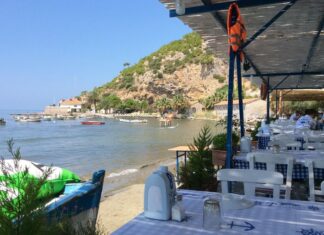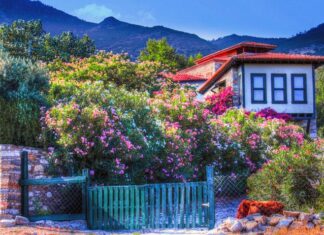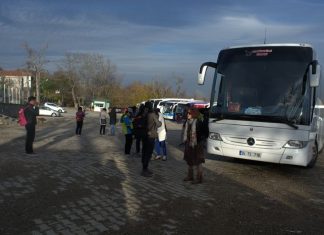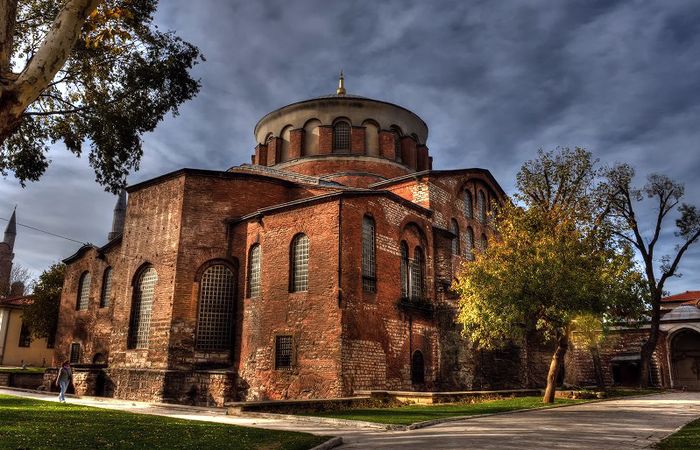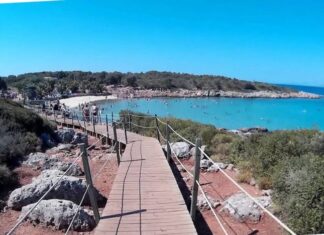A Journey Home Turns Dangerous
On September 3, 1901, several teachers, including Miss Ellen M. Stone, had just finished attending a summer training school for teachers in Bansko, Bulgaria....
Close Encounters with Danger
During my years of missionary work in the Balkans, I have often come close to danger. Once, I had to spend the night in...
Decorative Art of the Golden Gate
The outer entrance of the Golden Gate was not only a strong military structure but also a beautifully decorated monument. It reflected the artistic...
Porta Aurea
The Grand State Entrance
The Porta Aurea, also known as the Golden Gate, was the official ceremonial entrance into the city of Constantinople. It was...
Support for Dating the Golden Gate to Theodosius the Great
There are several reasons to believe that the Golden Gate (Porta Aurea) was built during the reign of Theodosius the Great. One strong piece...
The Desire for War
Many Turkish officers and upper-class civilians have openly expressed that war with Bulgaria would be better than the current deadlock. They are determined, if...
Bulgarias Complaints About Turkey
Bulgaria insists that she has done her part in the agreement with Turkey, but she is unhappy with how Turkey is carrying out its...
Tensions Between Turkey and Bulgaria
There has been friction between the Turkish and Bulgarian governments. General Petroff spoke for the Bulgarian government, saying that things were calm in Bulgaria...
A Night in the Monastery
I had gone to the monastery hoping to have a peaceful, cool night’s sleep. However, despite my room being high up, the night was...
Stanimika Village and the Journey to the Monastery
We reached a small, dirty village called Stanimika. It was home to Greeks who made wine and silk, but spent most of their time...
